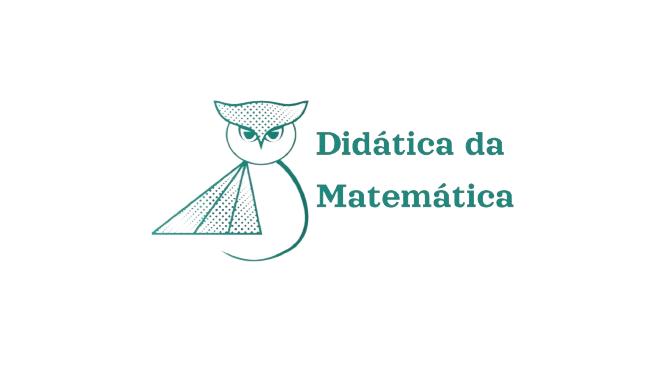Dada uma instância î, o universo de objetos ou universo cognitivo de î é definido por: Ω (î) ≝ {o / R (î, o) ≠ ∅}. O conjunto Ω (î) nos diz quais objetos existem para î. O equipamento cognitivo de î é então definido por: Γ (î) ≝ {(o, R (î, o)) / o ∈ Ω (î)}. O conjunto Γ (î) específica como î conhece os objetos que eles conhecem, ou seja, os objetos o ∈ Ω (î). (Veja também Praxeologias e análise praxeológica)
Texto original
Cognitive equipment. Given instance î, the universe of objects or cognitive universe of î is defined by: Ω (î) ≝ {o / R (î, o) ≠ ∅}. The set Ω (î) tells us which objects exist for î. The cognitive equipment of î is then defined by: Γ (î) ≝ {(o, R (î, o)) / o ∈ Ω (î)}. The set Γ (î) specifies how î knows the objects they know, i.e., the objects o ∈ Ω (î), (See also Praxeologies and praxeological analysis)
Referência
BOSCH, M.; CHEVALLARD, Y. A short (and somewhat subjective) glossary of the ATD. In: BOSCH, M.; CHEVALLARD, Y.; GARCÍA, F. J.; MONAGHAN, J. (Org.). Working whith the Anthropological Theory of the Didatic in Mathematics Eduction: a comprehensive casebook. London and New York. Routledge: Taylor & Francis Group, p. 19-38, 2020.
